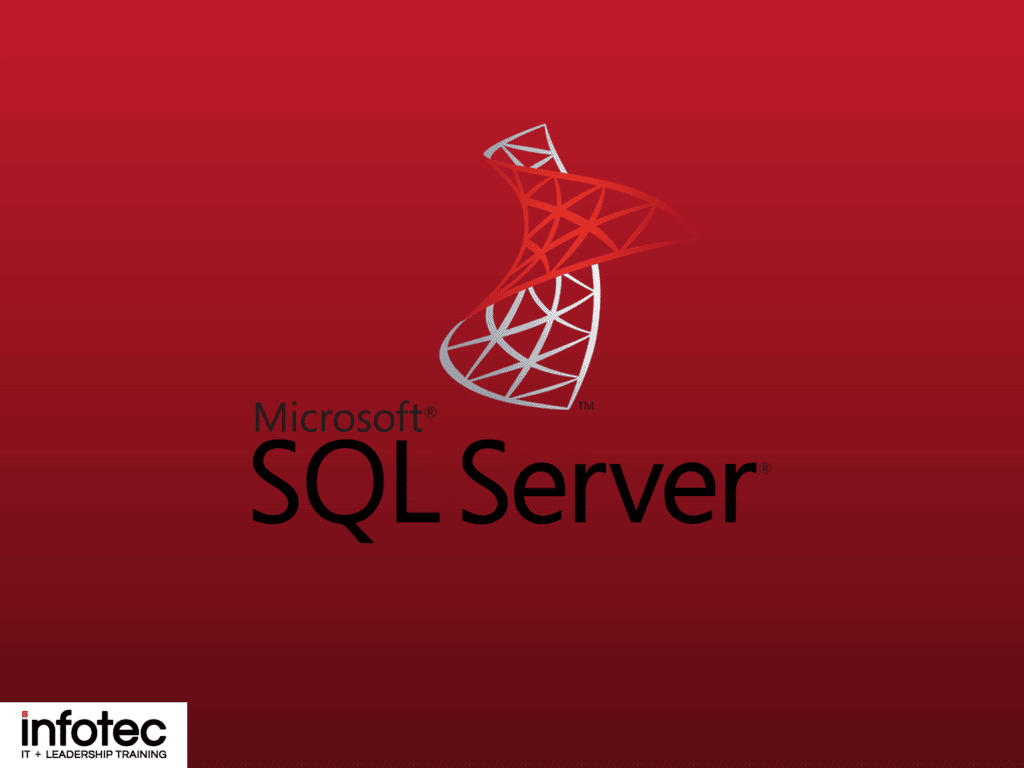Muhammad Zulkamal Zulkifli
-
[SOLVED] Cannot Set Time Zone in Windows Server 2019
•
Windows Server 2019 is a robust operating system widely used in enterprise environments, providing a stable platform for various applications and services. One crucial aspect of server management is ensuring accurate timekeeping, which is essential for synchronization, logging, and compliance with regulatory standards. However, some users may encounter issues when […]
-
How do you debug caching and performance optimization issues?
•
Debugging caching and performance optimization issues can be a complex but crucial task in web development. Here are some steps and techniques to help you identify and resolve these issues: Remember that performance optimization is an ongoing process. Regularly monitor your website, make incremental improvements, and test the impact of […]
-
What are the most common job titles for HTML developers?
•
Job titles for HTML developers can vary depending on the specific responsibilities and the organization. However, here are some of the most common job titles for individuals who work extensively with HTML: Keep in mind that job titles can vary, and the responsibilities associated with these titles can also differ […]
-
![How to call async method in static void Main(string args[])](https://mzulkamal.com/wp-content/uploads/2023/07/2134476-1.jpg)
How to call async method in static void Main(string args[])
•
This code is a simple console application written in C# that demonstrates the use of asynchronous programming in a synchronous Main method. Here’s an explanation of the code step by step: In summary, this code demonstrates how to call an asynchronous method (GetHelloWorldAsync) from a synchronous Main method. It does […]
-
How to set the app to always run in administrator mode.
•
To make an application always run in administrator mode on Windows, you can follow these steps: Now, every time you launch the application using that shortcut or executable file, it will run with administrator privileges, and you will be prompted for administrator credentials if necessary. Please note that this should […]
-
Naming conventions or casing styles in programming.
•
In programming, there are several naming conventions or casing styles used for naming variables, functions, classes, and other identifiers. Here are some of the commonly used casing styles: These casing styles help make code more readable and maintainable by providing consistent rules for naming conventions. Choosing an appropriate casing style […]
-

How to load xls/xlsx file to MSSQL database using SQL code
•
To load data from an Excel (.xls or .xlsx) file into a Microsoft SQL Server (MSSQL) database, you can use SQL Server’s built-in functionality called “SQL Server Import and Export Wizard” or the “BULK INSERT” statement. I’ll walk you through both methods: Method 1: SQL Server Import and Export Wizard: […]
-

Living a Healthy Lifestyle: Nurturing Your Well-Being for a Fulfilling Life
•
In today’s fast-paced world, maintaining a healthy lifestyle is paramount for our overall well-being. With busy schedules, hectic routines, and numerous distractions, it’s easy to neglect our physical and mental health. However, embracing a healthy lifestyle is not only essential for preventing diseases but also for promoting happiness and longevity. […]
-

How to load xls/xlsx file to MySQL database using sql code
•
To load data from an Excel (.xls or .xlsx) file into a MySQL database, you can use the MySQL LOAD DATA statement. However, MySQL does not directly support Excel files, so you’ll need to convert the Excel data into a CSV (Comma-Separated Values) format first. Then, you can use the […]
